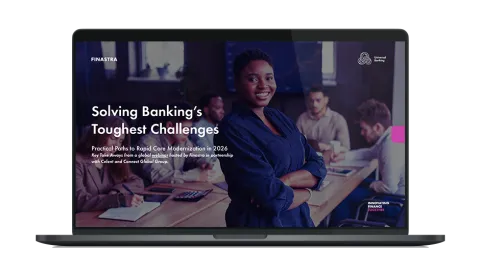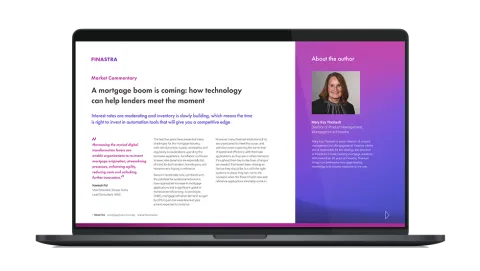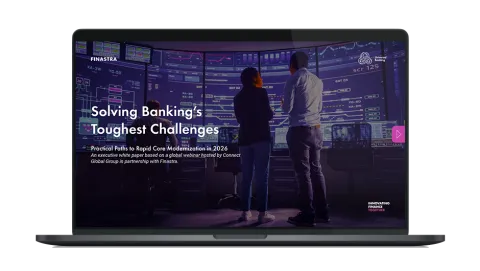Preparing for the future of cross-border payments: An action plan for banks
The options to support cross-border payments have never been richer - banks have a plethora of choices based on speed, cost, certainty, disbursement mechanism, and many other considerations. This new report from Celent looks at the factors banks should consider in planning their strategy.

Default Finastra
While the Swift MT to MX migration has driven every bank to upgrade their Swift connectivity, there are indications that the migration has spurred many banks to rethink cross-border payments altogether. Across the globe, over 80% of banks are preparing to modernize their cross-border payment systems in some capacity in next 18 months. This new paper from Celent considers the growing range of options available, and provides advice on the factors that banks need to consider to future-proof their solutions, including:
- the impact of regulatory initiatives, such as the “Roadmap for Enhancing Cross-border Payments” in the G20 economies
- the ways that technology and the new rails are democratizing cross-border payments and opening opportunities for mid-market players
- the need to choose the right technology partner to help navigate the complexity of choice - from digital assets to linking instant payment systems to fintechs to traditional remittance providers
- essential features to look for when selecting a solution, such as smart routing capabilities.
This report provides banks with an action plan to maximize their share of a cross-border payments market projected to reach $250T by 2027 (source: Bank of England, cross-border payments)


